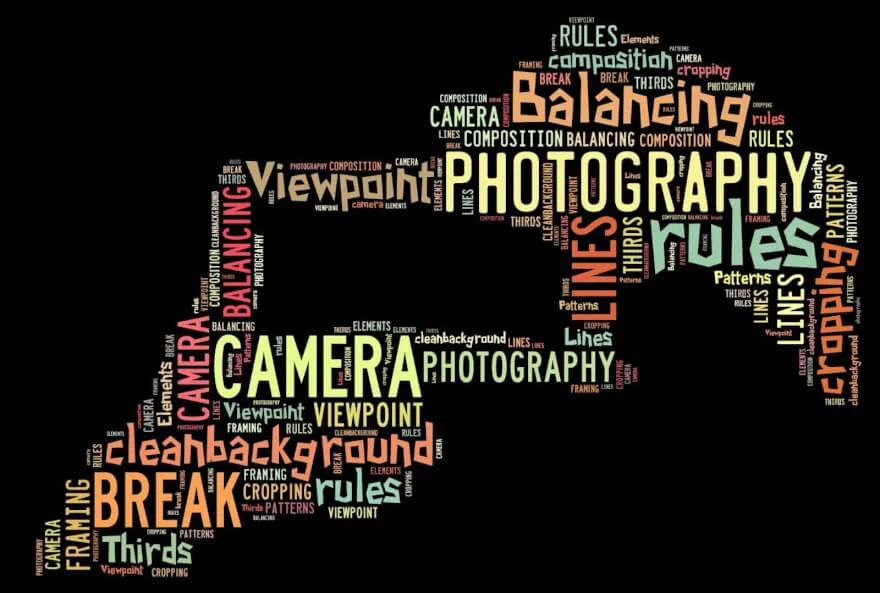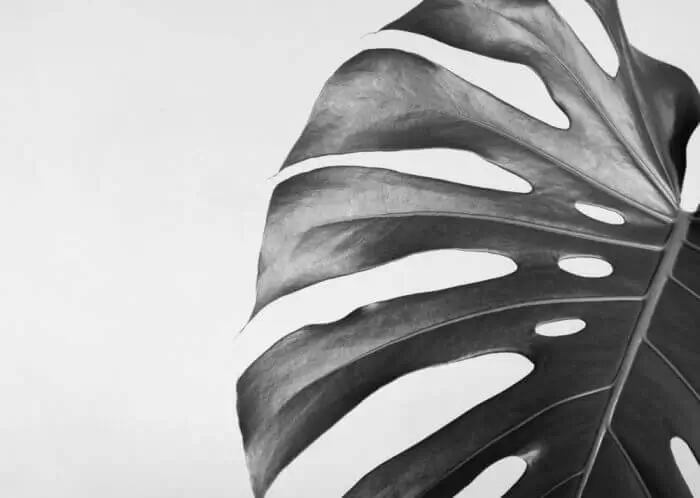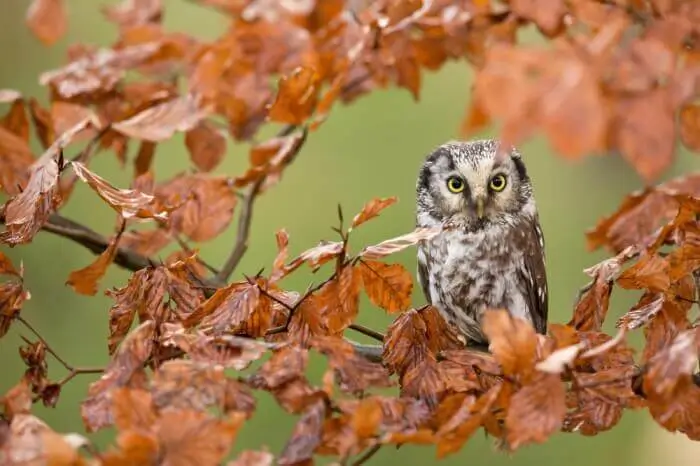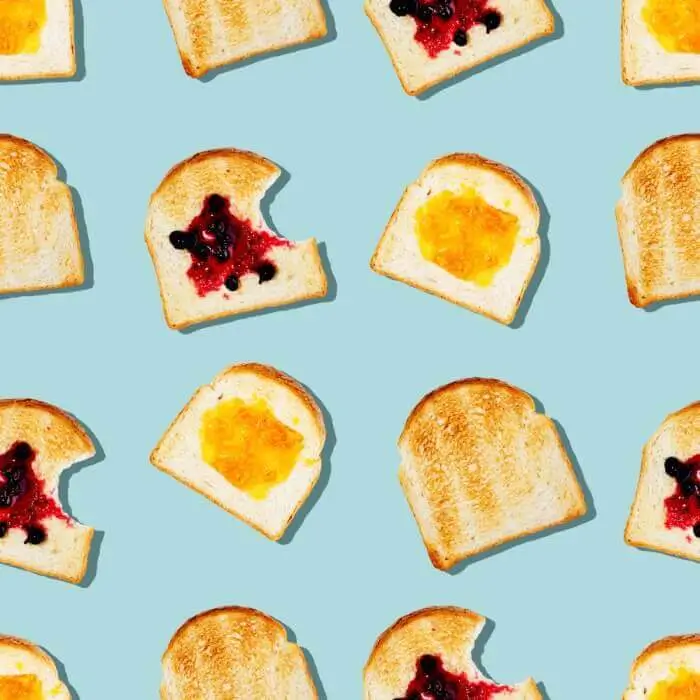What is composition in photography?

- 1. Improve composition with important aspects
- 2. Shoot black and white photography
- 3. What is composition photography symmetry?
- 4. Form a story center and balance
- 5. Practice framing process
- 6. Consider background and noise problems
- 7. Create depth with a perspective
- 8. What is photography composition diagonals?
- 9. Look for patterns, colours, and shapes
- 10. How to learn composition in photography with a rhythm?
- 11. Learn the artistic negative space part
- 12. Fill the frame to understand what is a good composition in photography
- 13. Practice common golden ratio and rule of thirds
- 14. What are the rules of composition in photography with the Fibonacci spiral?
- 15. Build golden triangles to focus on a plot
- 16. Avoid making common mistakes
Taking a picture is not enough to create a photograph. It is necessary to harmoniously place objects in the picture, filling it with meaning. There are different ways and rules for creating a harmonious frame. Sometimes it is enough to place your subjects in certain places. In other cases, it is enough to choose the correct survey point. Slightly shifting the camera position can make significant changes.
Why is composition important in photography? To better convey the idea in photography, special expressive means are used: lighting, tonality, color, point and moment of shooting, plan, foreshortening, as well as graphic and various contrasts. The reflection of living, real life will not be adequate without observing certain rules. How, for example, can you convey the movement? This requires knowledge of composition techniques, otherwise, your photo will turn into a random shutter click and will not be interesting to others.

1. Improve composition with important aspects.
The definition of a well-formed composition of the frame is that we easily and naturally consider the photograph. At the same time, we get aesthetic pleasure, see the logical connection between objects in the image, and admire the details.
If you are an amateur, the main aspects to remember, considering how to improve composition in photography, are the following:
- Keep the camera level with your subject. Do not shoot straight up or down from your height unless you want a special effect. For example, if you are photographing children, go down to the level of their eyes, otherwise, you will get distorted proportions.
- Make sure that the main subject of the picture does not merge with the background. If you are shooting anyone, then try to choose a simple background, the details of which will not distract the viewer. In some cases, it makes sense to make sure that the subject occupies the vast majority of the area of the frame itself.
- Use branches, trees, etc. to create a frame effect. This will emphasize the main subject. The frame can also help to compose a more voluminous frame (you do not need to make the frame the main semantic element).
- If you are shooting a moving object, then leave space in the photo in front of the object, that is, in the direction of its movement. In other words, position the subject as if it had just entered the photo, rather than leaving it.
- Keep the light source behind you. Avoid bright lights or colorful spots away from the main plot. This distracts the viewer.
- Try to make a balanced composition so that the top of the photo does not look "heavier" than the bottom. This rule is applied to the sides of the image.
- Include an odd number of identical objects in the frame. One or three flowers look better than two or four.
- If you are shooting a building, choose an angle in which both its facade and side are visible. It will look much more voluminous than just a facade.
The composition should not play an independent role. Just as speech has the meaning of a transmitter of thought, it serves only as a means for expressing the artist's thought. To add emphasis to your photographs, apply the shooting guidelines.

2. Shoot black and white photography.
Admirers of black and white photography know that white appears more voluminous than black. In a black-and-white picture, the eye, first of all, grasps the lightest spots and only then moves to the dark ones. On a sheet with an even black and white stripe, the white line will appear wider. A bright white object, be it in the foreground or background, will surely seem to be the main thing in the shot.

3. What is composition photography symmetry?
Symmetry is a powerful compositional technique through which works of art are created and harmonized: architecture, design, painting, graphics, photography.
If you fold a perfectly symmetrical photograph in half along the line of symmetry, you end up with two identical photographs. But a symmetrical composition does not serve for the perfect match of elements of both halves of the image. The viewer's eye can quickly get tired of monotony, so the imperfection of symmetry allows it to catch on and rest.
There are only three types of symmetry:
- Vertical. It is in the form of a building, structure, or road that can divide a photo into right and left symmetrical halves.
- Horizontal. Reflections in the water create symmetrical images to the horizon.
- Radial. Lines radiating out from the center of the image create radial symmetry.

4. Form a story center and balance.
Any good photograph should have some main object, sometimes it is called a semantic or plot center. This is what the author climbed into the mountains for, overcame deserts, or simply distracted for a while from having fun with friends to take out the camera and press a button. In simple home photography, the subject center and geometric center often coincide, meaning the main subject is right in the center of the picture. Family albums are full of such cards, and only the closest relatives are interested in flipping through them, and even more so looking at photographs. If a photographer wants to do something more than a picture of "me against the background of pyramids", then one must be prepared for the fact that more time and effort will have to be spent.

5. Practice framing process.
Framing is a technique, the essence of which is to place the main subject of the picture in a kind of frame from other objects in the photo. This frame complements and better reveals the subject, helps to highlight the main subject. At the same time, it is important that the main object and frame do not compete for the viewer's attention and do not contradict each other in terms of the plot. Such a frame can be a window, an arch, a gap in the branches of trees, a wave, a ray of light, and other objects.
Framing is a very simple yet powerful technique that explains how to make a good composition in photography. Firstly, the use of a frame allows you to focus the viewer's attention, direct his eye, and highlight accents. The main subject is in focus, but the frame can be left out of focus.
Secondly, framing adds a sense of depth and volume to the frame. As a rule, framing is working with multi-dimensional composition, and the frame acts as the foreground or background. Thirdly, the viewer seems to be looking at the object through the screen, created by surrounding objects and directing the viewer's eye deeper into the frame.
This technique is most often used when photographing architecture, landscapes, portraits, and street photography.

6. Consider background and noise problems.
The camera, unlike the eye, impartially captures everything and instead of an event or fact that is important to you, a certain vinaigrette of secondary and distracting details can turn out in the picture. Background subjects should not take your eyes away from the main subject. If your main subject is dark, then it is advisable to choose a lighter background, and vice versa: a light object stands out well against a dark background. In this case, one should not forget about exposure settings.

7. Create depth with a perspective.
A photograph with a depth of space immediately attracts attention. Such pictures look better, they are more interesting to look at. The alternation of foreground, middle, and long-range shots gives the photo a natural look. For tourist photos, try to choose a background that is not too colorful or bright, pay attention to how the background is lit. If your subject is in the shade, the background should not be the walls of buildings or architectural monuments brightly lit by the sun. It is better if the background is slightly darker than the main subject.
Try to mentally distribute the plans of your scene, note that in addition to the foreground, the lens will see objects behind your subject center and even further on the horizon. Pay attention to any intersecting lines and background objects. Very often, intentional background manipulation is used by photographers as a separate expressive technique.

8. What is photography composition diagonals?
The method of diagonals is one of the rules of composition in photography, painting, and graphics. A photo with a diagonal element is almost always more dynamic and powerful than a photo without it. If verticals and horizontals usually divide space into areas, then diagonals connect it and continuously guide the viewer's eyes throughout the entire frame.
There can be two diagonals in the frame:
- "Fast" - from the upper left to the lower right corner;
- "Slow" - from the lower left to the upper right corner.
The visual perception of the brain is associated with diagonals: we are used to reading from left to right and from top to bottom, going down diagonally.
Accordingly, objects located diagonally are more easily and quickly perceived. Psychologists believe that the "slow", upward diagonal causes pacification, while the "fast", downward diagonal makes us worry. Keep this in mind when building your composition.

9. Look for patterns, colours, and shapes.
A pattern is a repetition of uniform textures, shapes, objects, colors. A repetitive motif, pattern, or ornament is harmonious and attractive to the viewer's eye. The emphasis on the ratio of colors, shapes, lines contributes to the development of the photographer's vision.
Look for patterns at large and small scales: in macro and aerial photography. Notice patterns in living and nonliving nature: in leaf veins and building facades. Experiment with angle and point of view: shoot from the side, bottom, and top. Fill the entire frame with the pattern to maximize the effect. Break the structure of the pattern with an accent element: this increases the impact on the viewer.

10. How to learn composition in photography with a rhythm?
Another important means of expression is rhythm, that is, the image of the same type of details, figures, or silhouettes in the picture. Our whole life is an alternation of days and nights, seasons, therefore the rhythm helps to understand the non-randomness of such a choice, and the gradual decrease in identical or similar figures. For example, from large in the foreground to small in the far, and again emphasizes the perspective. Many objects: houses, silhouettes, trees, with similar or even the same shapes can be folded into an imaginary line, which will also lead the eye to the plot center and give it more meaning.

11. Learn the artistic negative space part.
In art, negative space is the area surrounding the subject of the image. At the same time, negative space does not have to be empty at all: it can be a sky with clouds, a wall with brickwork, a plank floor. This space may be completely invisible, like a white snowdrift or fog, but it plays a major role. It helps to isolate the subject of the frame and draw the viewer's attention to it. Negative space leaves room for imagination: What is this person thinking? Where is this boat sailing? How did this flower grow here? It also creates a specific emotion or mood. Usually, negative space creates a sense of calm, order, and silence. However, using bright background colors can evoke feelings of energy and cheerfulness. Warm hues tend to evoke feelings of warmth, admiration, danger, romance, passion, and anger. Cold ones make us feel cool, calm, and sad. Use it when you want to simplify the composition and work in a minimalist style. Creating negative space by choosing an angle, aperture, depth of field, and using lighting can help simplify a composition. This technique is very often used in advertising and product photography to emphasize the product. Just remember that negative space should also be in moderation: not too little, but not too much. About twice as much as positive.

12. Fill the frame to understand what is a good composition in photography.
Filling the frame is a tight framing with a powerful focus on the subject, leaving the viewer with no choice but to look at the subject. There is simply nowhere to look away. At the same time, filling the frame provides new opportunities:
- Consider all the details;
- Draw attention to texture;
- Emphasize emotions.
This technique is used in beauty and macro photography, in shooting portraits and wildlife. Occasionally, frame fill is also used in architecture photography to emphasize the pattern or architectural design of a building.

13. Practice common golden ratio and rule of thirds.
The rule of thirds is to divide the frame horizontally and vertically into three parts in a 1/2 ratio. As a rule, the horizon line is best placed along the line that divides the frame into thirds. Most of the frame is assigned to the sky or the ground, depending on the idea. The object itself, the visual center of the frame, is located at the intersection of lines that divide the frame into thirds.
The golden ratio means dividing the frame into parts so that the larger part refers to the smaller one, as the whole frame to the larger one. This rule places the points of intersection of lines closer to the center of the frame than the rule of thirds.
It is better to place the horizon line, not in the center of the frame and not diagonally, but horizontally, shifting it up or down in a 1/2 ratio, depending on what is more important in the frame: the sky or the earth. Place the main objects of the frame at the intersection of the grid lines, since they are the points of attraction for the viewer's eye.
It seems that these rules of composition contradict other rules, for example, the law of symmetry, but this is not entirely true. Even in a perfectly symmetrical image, the rule of thirds is common. But when you already know so many rules, you have to choose which one to follow when composing the shot. For some scenes, symmetry is better, and somewhere the golden ratio. And only the photographer decides according to which laws he will create his masterpiece.

14. What are the rules of composition in photography with the Fibonacci spiral?
The Fibonacci spiral is another interesting law based on the golden ratio. In nature, this law of composition can be found in the structure of the human ear, shells of crustaceans, plant stems, and sea waves. By arranging objects in a frame in a spiral, you create flow and movement and thereby help guide the viewer's eye through the image. You can flip or reverse the spiral, but the focus must remain at the heart of the spiral. Other important elements should be located along the curve. This technique is often used in food photography, macro photography, and other genres.

15. Build golden triangles to focus on a plot.
The golden triangle rule works in a similar way to the rule of thirds. Only instead of a grid of rectangles, we divide the frame with a diagonal line going from one corner to another. Then we add two more lines from other corners, leading them perpendicular to the diagonal line. This divides the frame into a series of triangles. This method of shooting helps introduce the element of "dynamic stress". Use lines (triangles, in this case) to help highlight the position of various elements in the scene. The triangle rule may seem more complex in terms of composition, but the result can be truly amazing. Take and mentally draw a trixfangle. Place the main subjects in the corners of the triangle. A triangle gives the frame a static feel, so use an inverted triangle for more vivid images.

16. Avoid making common mistakes.
Do not crop parts of people or landmarks. To properly frame a shot, you just need to adapt to your camera and be careful to ensure that the entire subject is in the frame. Avoid violation of proportions of the human body. An incorrect angle can distort the natural proportions of the body. When shooting from above, the person will appear to have a large head and short legs. When shooting from below, everything will be the opposite. If getting this shot is not your goal, watch out for the angle and proportions. Many people make the mistake of holding the camera slightly tilted while shooting. The horizon line in the pictures should be parallel to the bottom and top edges of the picture. Many cameras can display a grid on the screen to help align the frame. Do not let too much space in the frame that does not carry any useful information. And vice versa, sometimes there are a lot of objects in the frame, photographic trash, so the variety is impressive. The actual object of shooting is lost against their background, it is almost impossible to keep attention on it.
Learning what makes a good composition in photography it is essential to understand that it helps the photographer to correctly build the frame, by the concept.Visual images convey his idea to the viewer and tell something about the world around him in a photographic language.
Co-founder of RetouchMe. In addition to business, he is passionate about travel photography and videography. His photos can be viewed on Instagram (over 1 million followers), and his films can be found on his YouTube channel.
Moreover, his profile is featured on the most popular and authoritative resource in the film industry — IMDb. He has received 51 international awards and 18 nominations at film festivals worldwide.

with RetouchMe














